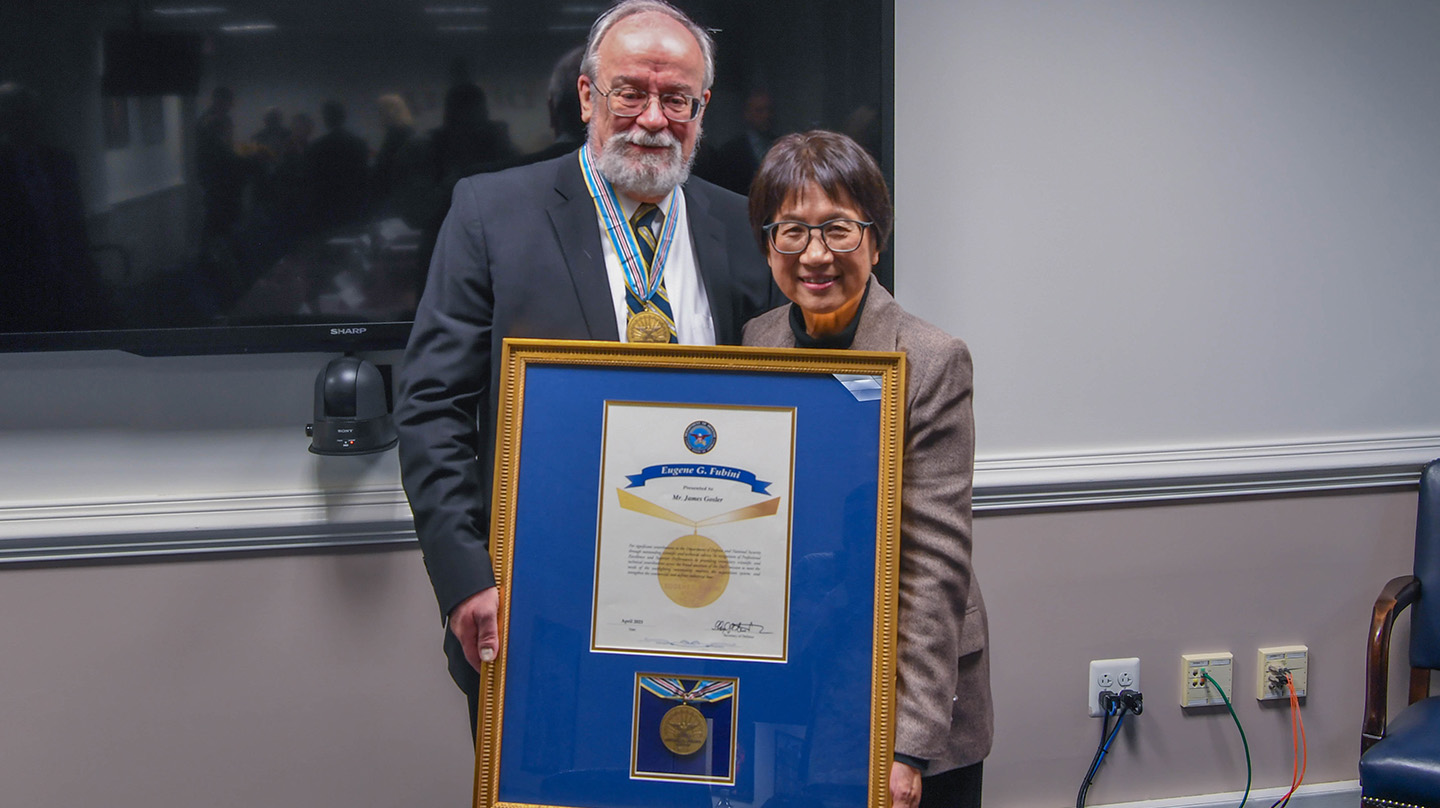
News
Nov 30, 2023
James Gosler Receives 2022 Eugene G. Fubini Award
James Gosler, a senior fellow at Johns Hopkins APL, was presented with the 2022 Eugene G. Fubini Award, in recognition of his significant contributions and sustained outstanding service as an adviser to the Department of Defense. Throughout his long career of national service, Gosler has been a critical resource for key defense studies and has played a significant role in studies defining cybersecurity and advanced intelligence operations.

News
Nov 29, 2023
Johns Hopkins APL Space Scientist Tapped to Lead NASA’s Heliophysics Division
APL space physicist Joseph Westlake has been named director of NASA’s Heliophysics Division. A researcher who focuses on planetary magnetospheres as well as understanding the structure and processes that produce our local space environment, Westlake assumes his new leadership role within NASA’s Science Mission Directorate in January.
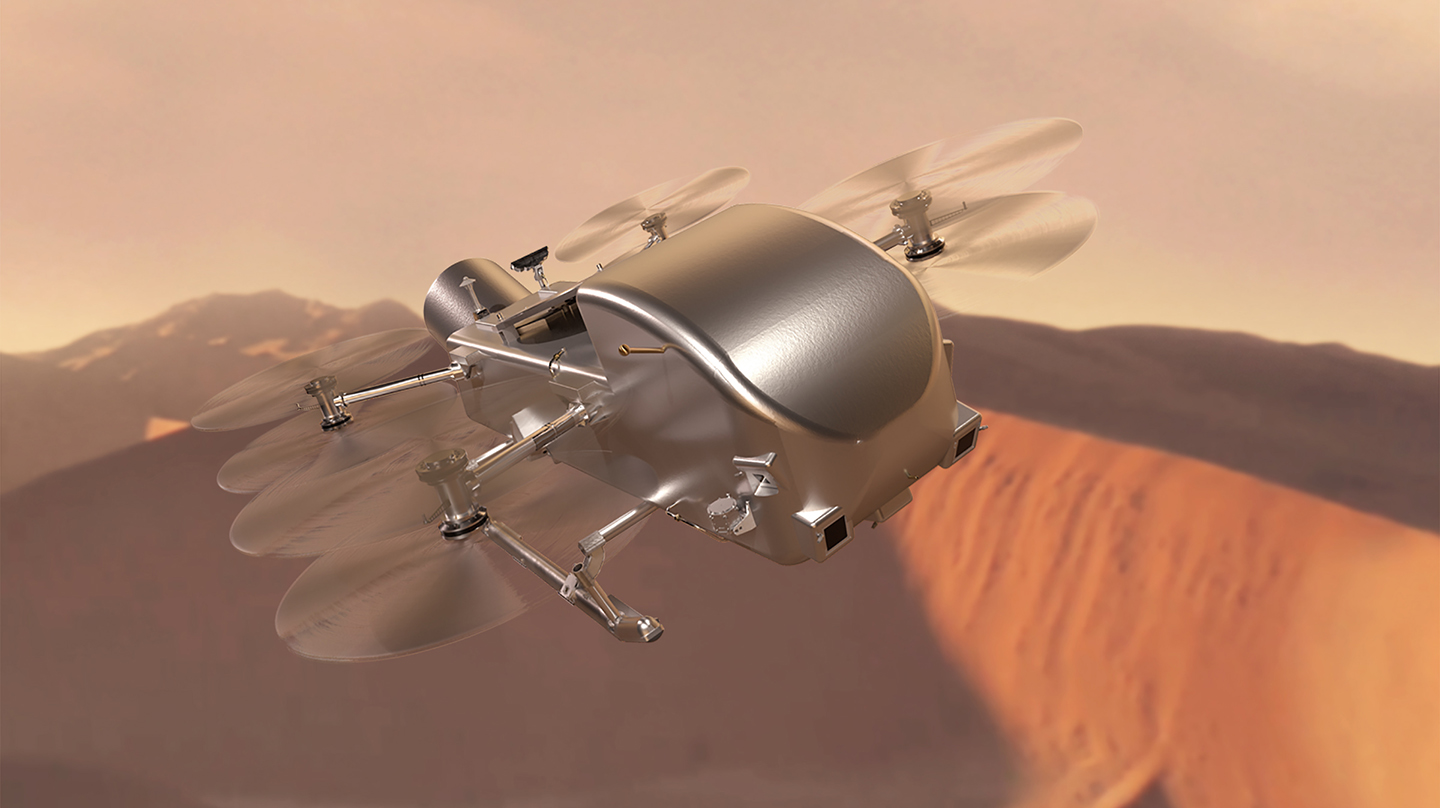
Press Release
Nov 28, 2023
NASA Authorizes Dragonfly Mission to Proceed With Estimated 2028 Launch Readiness Date
NASA’s Dragonfly mission team is moving on to the next stage of development on the revolutionary, car-sized nuclear-powered drone it plans to fly over and land on the organic-rich sands of Saturn’s large moon Titan.

Press Release
Nov 27, 2023
Johns Hopkins APL Names Andrew Mara as National Security Analysis Department Head
APL has named Dr. Andrew Mara as head of its National Security Analysis Department. Mara joins APL from the Center for Naval Analyses, where he served as executive vice president as well as director of CNA’s Systems, Tactics and Force Development Division. He will lead a 200-person department focused on conducting in-depth analyses for the Laboratory and its government sponsors on critical national security issues.

Press Release
Nov 27, 2023
Johns Hopkins APL Nets Sixth Straight Computerworld ‘Best Places to Work in IT’ Selection
For the sixth straight year, APL has placed in the top 25 of Computerworld’s “Best Places to Work in IT” list, which recognizes the top worldwide workplaces for information technology professionals.
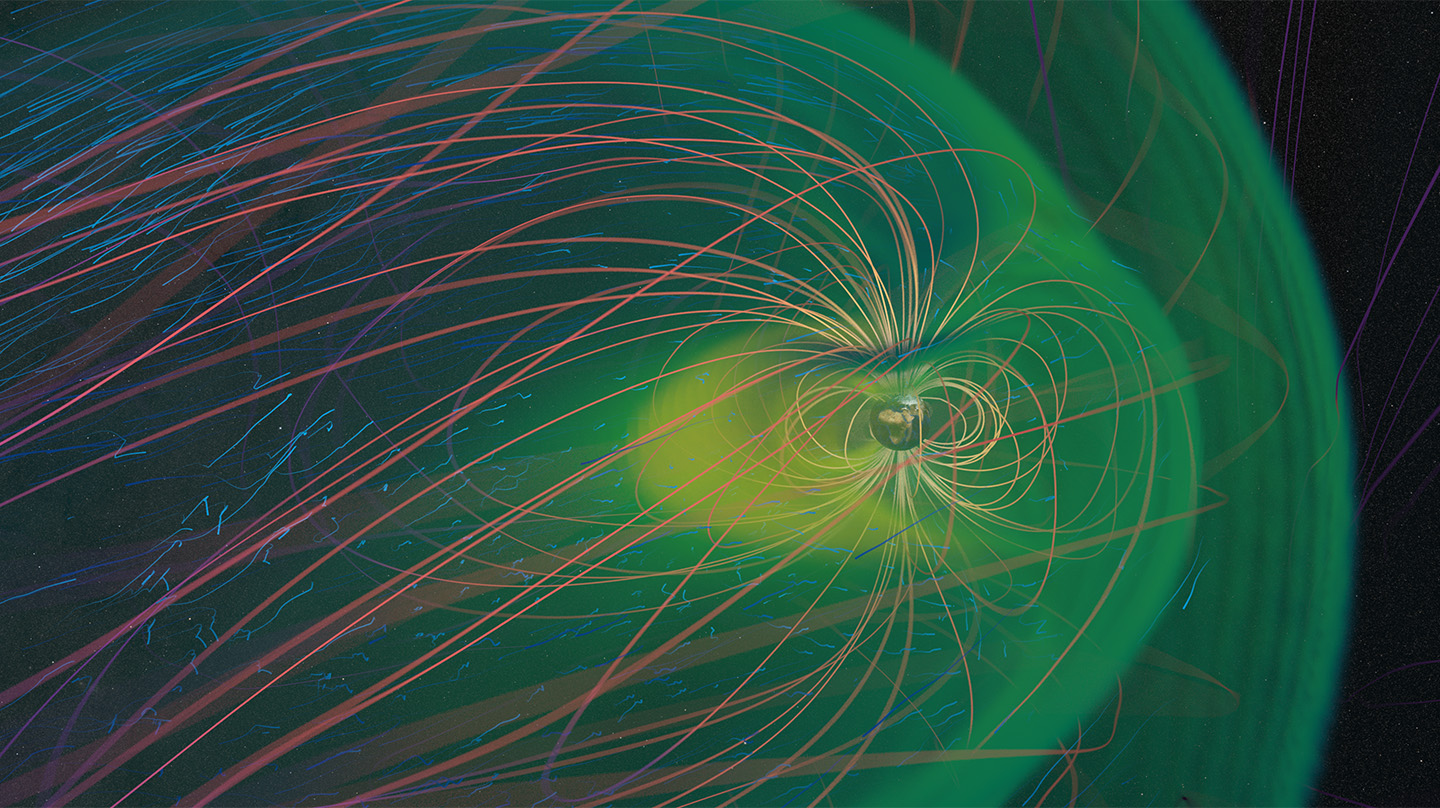
Press Release
Nov 27, 2023
How Johns Hopkins APL-Led Center for Geospace Storms Will Bolster Our Knowledge of Space Weather
The Center for Geospace Storms (CGS), launched in 2020 and headquartered at APL, is developing predictive models that can provide a stronger grasp of space weather events and their potential impacts before they happen.

News
Nov 21, 2023
A Career of Taking Risks Earns Johns Hopkins APL Researcher National Data Fusion Award
APL engineer Andy Newman was presented with the Joe Mignogna Data Fusion Award at the Military Sensing Symposia, National Security Sensor and Data Fusion conference.

News
Nov 21, 2023
Tabletop Exercise at Johns Hopkins APL Prepares Government and Industry for Bioeconomy Security Threats
APL and the BIO-ISAC hosted a tabletop exercise for experts from the public and private sectors to identify vulnerabilities, recommend mitigations and establish greater understanding of the threats unique to the bioeconomy.
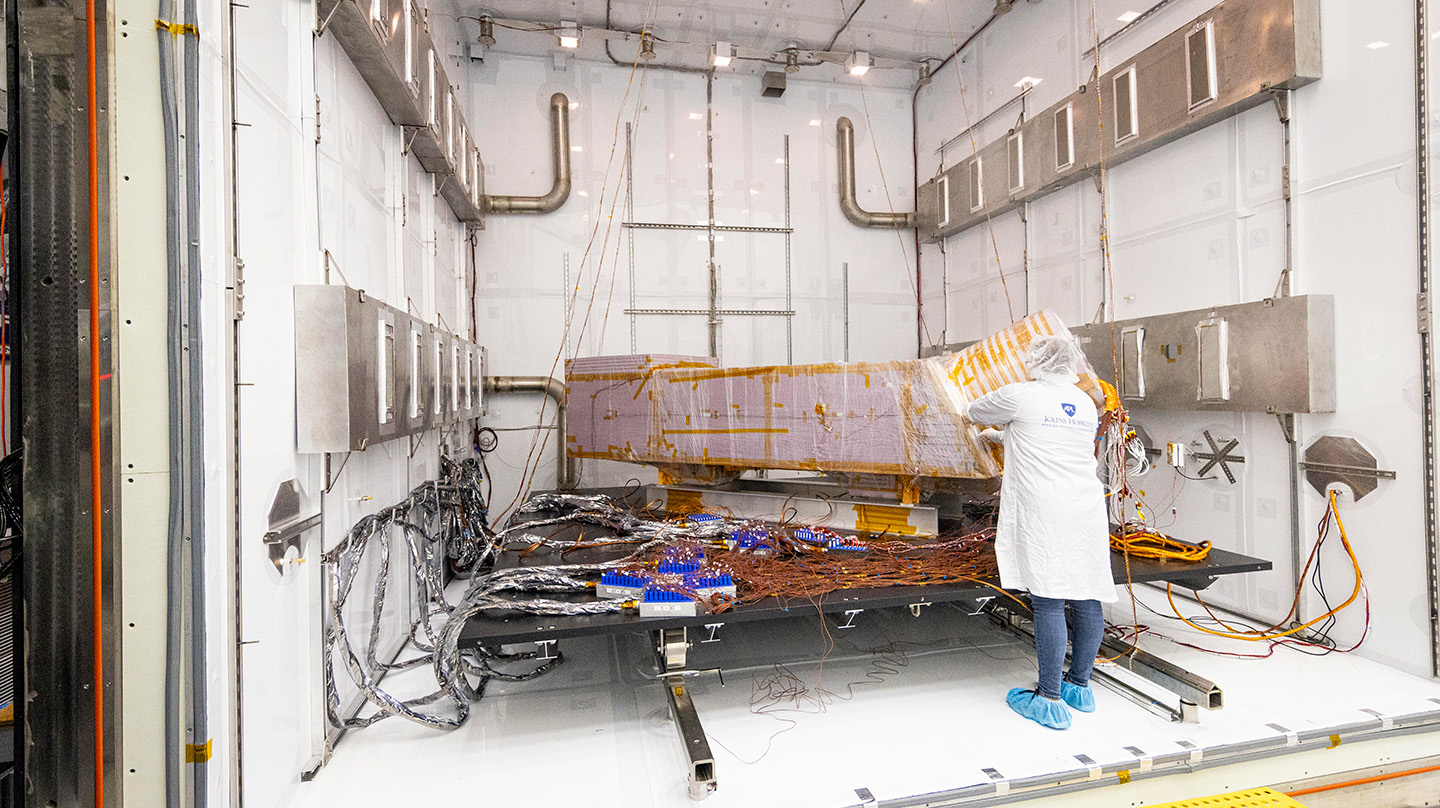
News
Nov 20, 2023
A Taste of Titan
The Titan Chamber — APL’s largest environmental simulator — is open for business. The team developing NASA’s Dragonfly mission recently took the chamber for an opening run with a full-scale thermal model of the rotorcraft lander it will send to Saturn’s moon Titan later this decade.
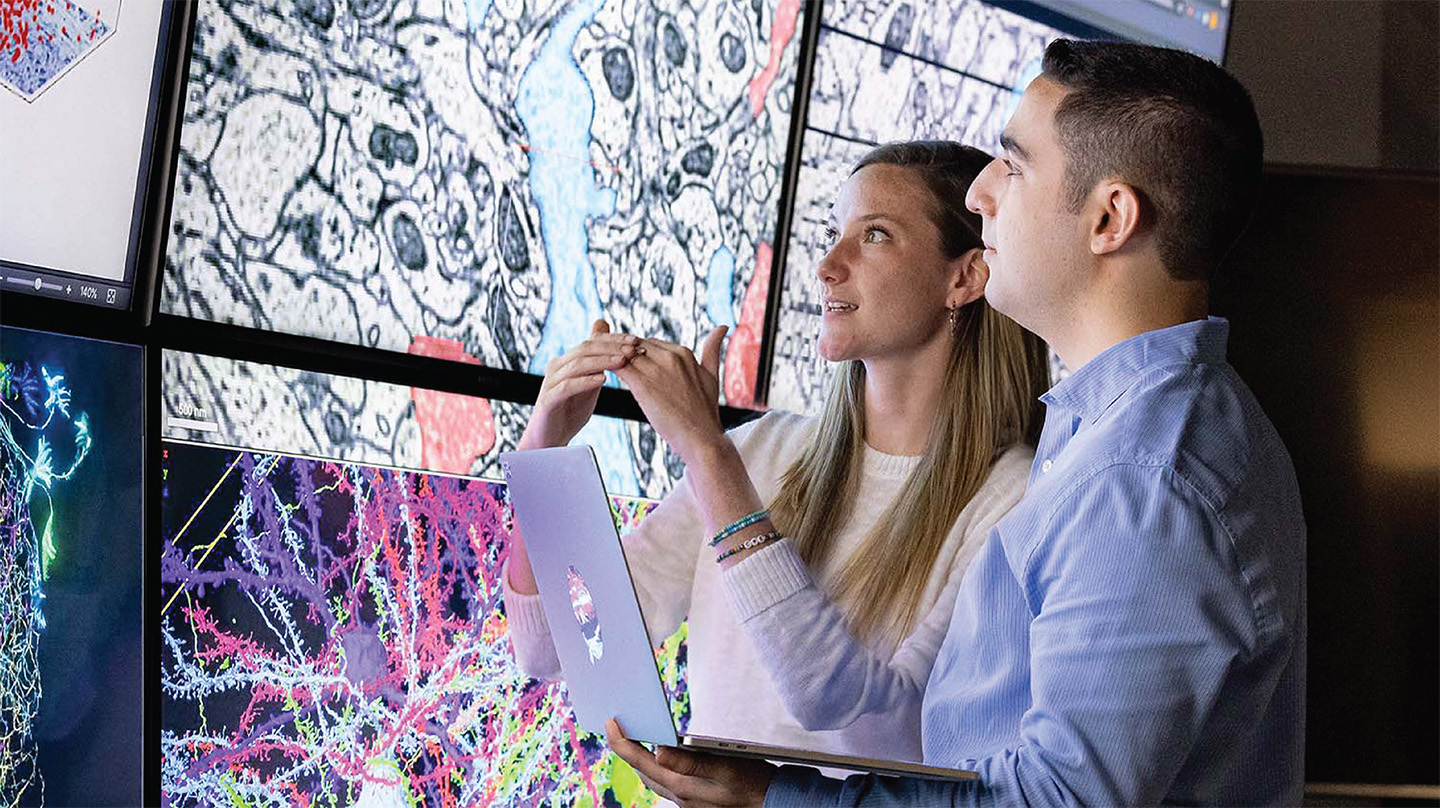
Press Release
Nov 14, 2023
Johns Hopkins APL Awarded NIH BRAIN CONNECTS Research Funding to Map Brain Circuits at the Resolution of a Single Synapse
The National Institutes of Health has awarded funding for two projects supported by APL that will accelerate neuroscience research, illuminate foundational principles governing the neural circuit basis of behavior, and inform new approaches to the treatment of human brain disorders.